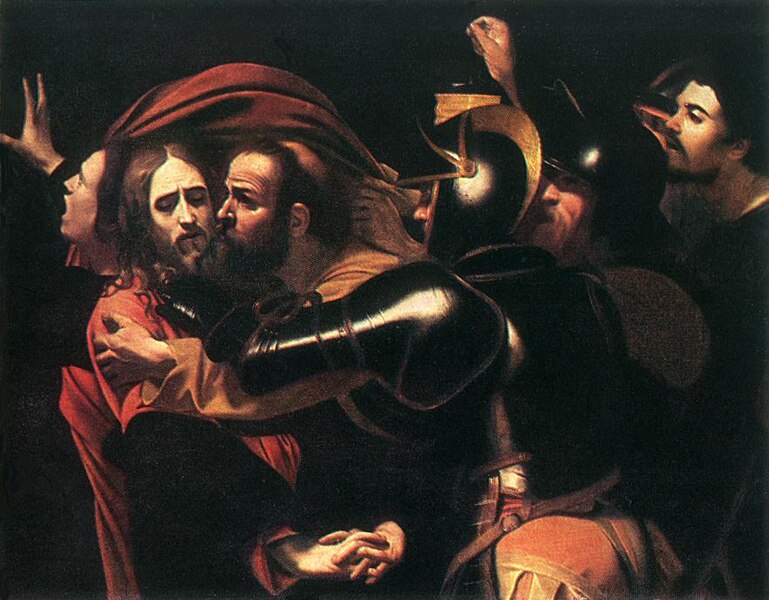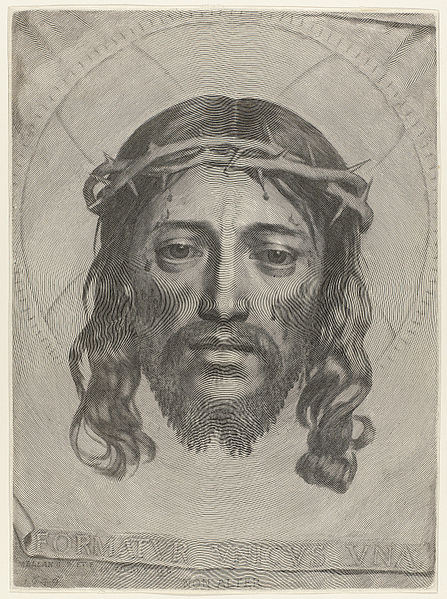Dutch Jesuit Fr. Francis van der Lugt was brutally murdered in Homs, Syria by masked gunman. The septigenarian cleric was beaten by a masked man on the street in front of the Jesuit monastery in Bustan al-Diwan, a Christian portion of the Old City, and then he was shot twice in the head.
Fr. van der Lugt who was a trained psychotherapist, had spent fifty years living in Syria ministering to disabled people at the Al Ard Center near Homs. The Center also took in refugees from the Syrian Civil War, but that mission curtailed as the staff fled since they could not ensure the safety of their guests. Fr. van der Lugt tried to be a companion to those in mental distress and give them as much food as possible.
Fr. Frans refused to be part of the February 2014 UN supervised evacuation of 1,400 people from the city, which had been besieged for a year and a half. In the Old City of Homs, the Christian population had shrunk from tens of thousands to just 66. Christians used to make up 10% of the Syrian population before the Civil War, but Christians have been brutalized for their faith during the conflict Fr. van der Lugt reasoned that he was the only priest remaining to minister to his people so how could he leave.
In January, Fr. van der Lugt made pleas through the media that gained world-wide attention to have humanitarian aid sent to the city to feed the starving Muslim and Christian population.
This led to meeting with UN officials to receive aid and hear first hand accounts of the humanitarian trials in Homs. Fr. van der Lugt procured four kilos of kilos of flour a week from a Muslim charity so that he could make bread and distribute half a loaf to the enclaves neediest 30 people.
[***]
Fr. van der Lugt’s selfless dedication to his fellow man and openness to serve the Lord even unto death
echos the ultimate sacrifice that our Lord Jesus Christ which we will celebrate next week in the Triduum.












